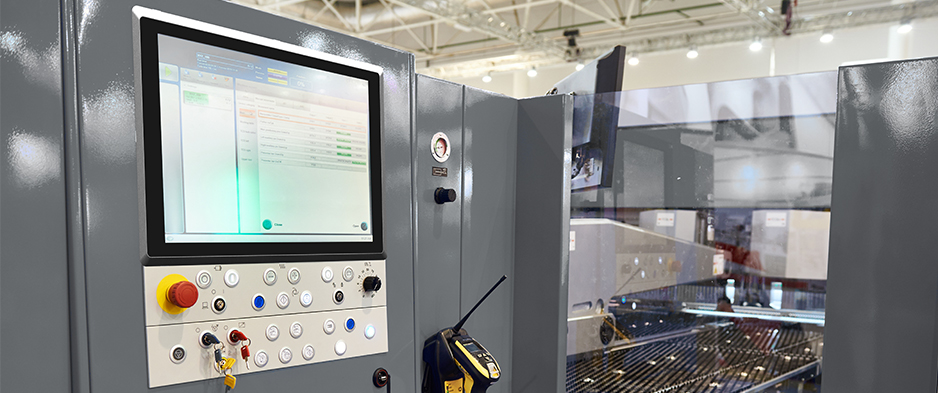HMIs driven by artificial intelligence make it possible to develop increasingly automated industrial production systems and to accelerate the innovation processes of companies according to the paradigms of Industry 4.0.
Predictive maintenance is one of the areas that can grow most from the integration between HMI and AI. Here, the evolution of man-machine interaction can bring numerous benefits, including generating new predictive maintenance models.
Benefits of HMI IA and predictive maintenance
Connectivity
HMI and artificial intelligence solutions can enable more efficient and effective management of complex and interconnected systems. Connectivity is an essential element in predictive maintenance, as it allows technicians to remotely control, communicate and interact with machines.
Instead of carrying out maintenance activities periodically and on site, technicians have the ability to execute uninterrupted monitoring in real time. This gives them an updated picture of the operation of the machines, in order to identify and prevent any anomalies and intervene before a malfunction occurs.
Machine Learning and Predictive Maintenance
In order to be effective, predictive maintenance needs data. Whereas previously it was a technician’s duty to carry out analyzes and take samples manually, today data collection is a fully automated procedure.
This thanks to machine learning, one of the biggest and most revolutionary advantages of artificial intelligence in industry. Smart HMIs are part of a system for collecting, sharing and storing essential information in order to prevent problems in the production plant. From the physical conditions of the plant (temperature, vibrations, pressure, etc.) to the quality of the operation of the machines, it becomes possible to identify potential interruptions, recommend risk mitigation activities, suggest optimal maintenance programs and, by doing so, minimize downtimes.
Cost reduction
Although, unlike reactive maintenance, predictive maintenance involves an investment in more advanced technologies, in the long term it is an effective solution to cut production costs.
Preventing system malfunctions allows to reduce downtime – and the consequent decrease in productivity that – and to save on machinery repair/replacement costs. And that’s exactly what solutions like AI-driven HMIs make possible.
Furthermore, thanks to the MISE call for Digital Transformation included in the National Business Plan 4.0, it is possible to obtain financing and facilitations for investments in predictive maintenance and artificial intelligence.

